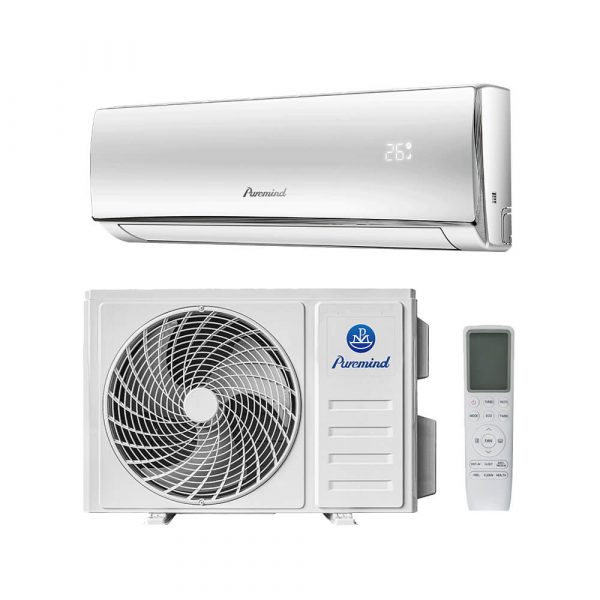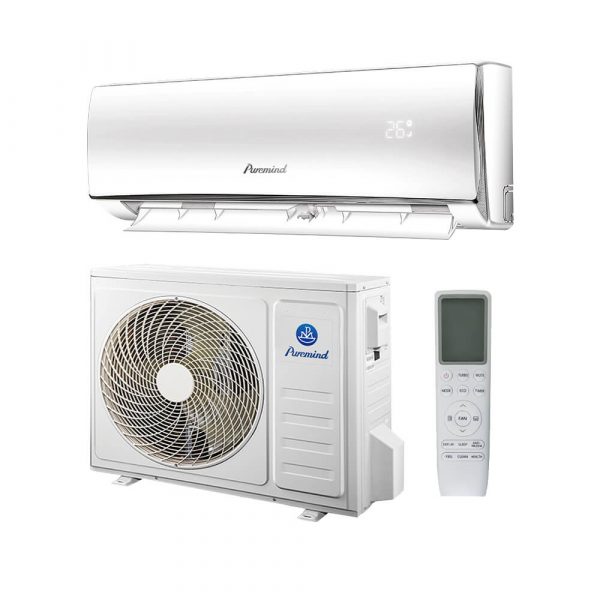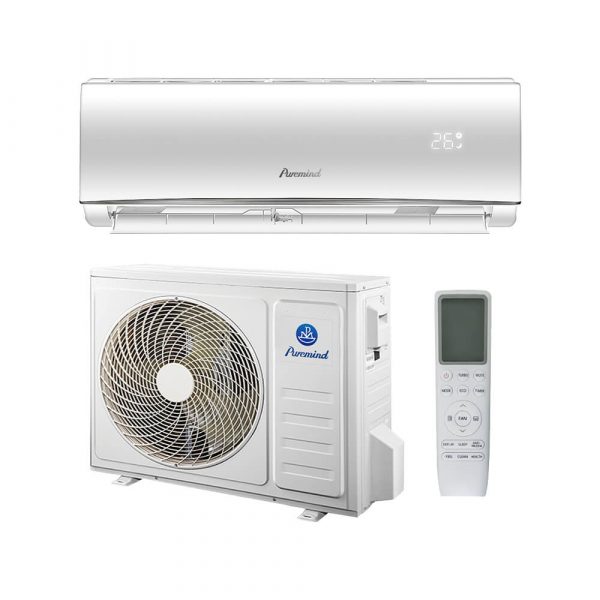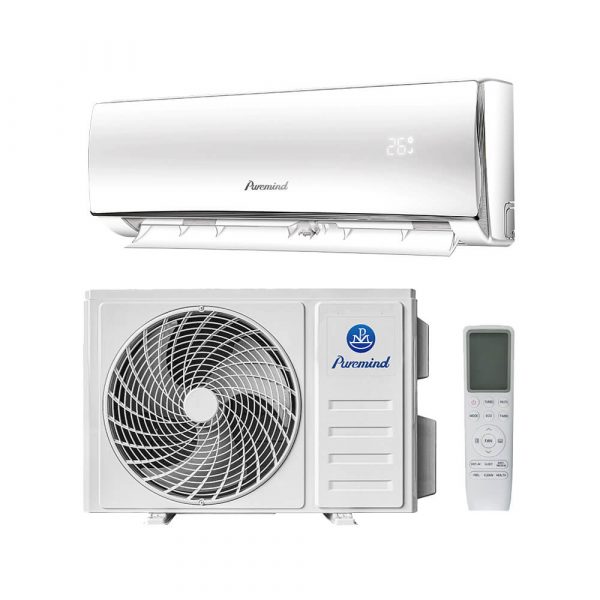Aircon Split Wall Mounted Air Conditioner: Efficient Cooling for Modern Living
As homes and workplaces evolve, so do their cooling needs. The aircon split wall mounted air conditioner has become a go-to solution for energy-efficient, quiet, and zone-specific climate control. In this comprehensive guide, we explore what this system is, how it works, its benefits, and how to choose the right model for your space.
What Is an Aircon Split Wall Mounted Air Conditioner?
An aircon split wall mounted air conditioner is a ductless cooling system consisting of two main components: an outdoor compressor unit and an indoor wall-mounted evaporator unit. These two are connected via refrigerant lines, allowing the system to cool or heat specific rooms without relying on ductwork. This setup is especially suitable for modern apartments, bedrooms, offices, and renovated homes.
Key Components of the System
1. Indoor Unit (Wall-Mounted)
The indoor unit is usually installed high on a wall to optimize air distribution. It includes:
- Evaporator Coil: Absorbs heat from indoor air.
- Fan Blower: Circulates conditioned air into the room.
- Air Filters: Trap dust, allergens, and airborne particles.
- Thermostat and Controls: Often comes with a remote or smartphone app for adjusting temperature and mode.
2. Outdoor Unit
The external unit houses the components that expel heat to the outside:
- Compressor: Pressurizes and circulates the refrigerant.
- Condenser Coil: Releases heat absorbed from indoors.
- Fan: Aids in heat dissipation from the condenser.
How the System Works
The cooling process of an aircon split wall mounted system is based on a refrigerant cycle:
- Warm air from the room is drawn into the indoor unit.
- The evaporator coil absorbs heat, and the refrigerant carries it to the outdoor unit.
- The outdoor condenser coil releases the heat into the outside air.
- Cooled refrigerant returns to the indoor unit to repeat the cycle.
When equipped with a heat pump, the system can also reverse the cycle to provide heating during winter.
Advantages of Wall Mounted Split Air Conditioners
- Energy Efficiency: Many models feature inverter compressors and high SEER ratings for minimal electricity usage.
- Zone Control: Cool only the rooms in use, reducing unnecessary energy consumption.
- Quiet Operation: With the compressor located outside, indoor noise levels are significantly reduced.
- Sleek Design: The indoor unit blends with modern interiors and doesn’t occupy floor space.
- Easy Installation: No ductwork required, making it ideal for both new builds and retrofits.
Use Cases for Aircon Split Wall Mounted Units
These systems are highly versatile and are used in a wide range of settings:
- Bedrooms and living rooms
- Studios and apartments
- Home offices and small businesses
- Retail stores and clinics
- Garages and home renovations
Popular Features and Smart Functions
Modern aircon wall split systems come equipped with features that enhance convenience and performance:
- Wi-Fi connectivity and mobile app control
- Voice assistant compatibility (e.g., Alexa, Google Home)
- Timer, sleep mode, and eco operation
- Automatic louver swing for even air distribution
- Advanced air purification with HEPA or ion filters
Sizing and BTU Guidelines
Choosing the right BTU capacity is crucial for efficiency and comfort. Here’s a rough guide:
- 9,000 BTU – small rooms (up to 350 sq ft)
- 12,000 BTU – medium rooms (up to 550 sq ft)
- 18,000 BTU – large rooms (up to 800 sq ft)
- 24,000 BTU – open spaces or large areas (up to 1200 sq ft)
Always consult an HVAC professional for accurate load calculations before purchasing.
Installation Tips
Though wall mounted split systems are easier to install than central air, they still require a professional technician for:
- Proper refrigerant handling and charging
- Sealing refrigerant and drain lines
- Electrical safety and power supply setup
- Positioning the unit for optimal airflow and efficiency
Maintenance Recommendations
To keep your system in top condition:
- Clean air filters monthly
- Inspect outdoor unit for debris or blockages
- Wipe the indoor unit’s vents and casing regularly
- Schedule annual professional service to check refrigerant and electrical systems
Cost Overview
- System Cost: $1,000 – $3,500 depending on capacity and brand
- Installation Cost: $500 – $2,000 depending on complexity and region
While more expensive upfront than window units, these systems offer long-term energy savings and better comfort.
Where to Buy Reliable Split Wall Mounted Systems
Looking for high-performance, factory-direct air conditioning systems? Explore Puremind’s collection of split air conditioners, including wall-mounted solutions perfect for modern homes and businesses.
Frequently Asked Questions
Q: Can a wall mounted unit cool multiple rooms?
Typically, no. Each unit is designed to cool one zone. For multiple rooms, consider a multi-zone system.
Q: How long does installation take?
Usually between 4–8 hours for a single-zone system, depending on location and complexity.
Q: Do wall mounted units provide heating?
Yes, most models include a heat pump function for efficient year-round use.
Q: Are they suitable for humid climates?
Yes. They also help dehumidify the air during the cooling process.
Conclusion
The aircon split wall mounted air conditioner is an efficient, sleek, and highly functional cooling (and heating) solution. With zone-specific control, whisper-quiet performance, and energy savings, it is an ideal choice for modern living. Whether you’re cooling a studio apartment or upgrading a home office, wall-mounted split units offer unmatched flexibility and comfort.
Explore the latest wall-mounted split system air conditioners at Puremind’s official store and enjoy factory-direct pricing with expert engineering behind every unit.







